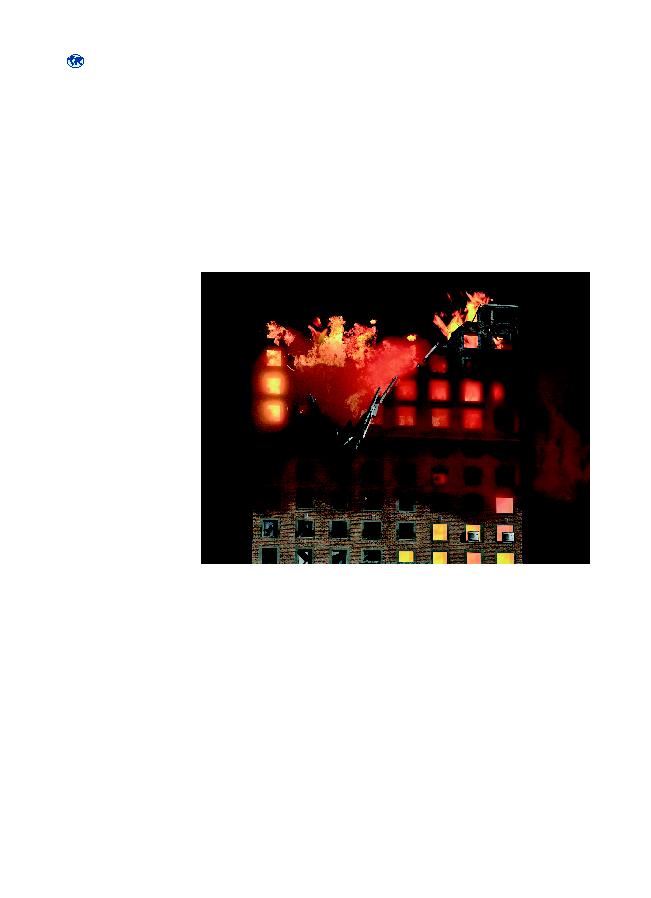
1 4 · d e t e k t o r i n t e r n a t i o n a l
Security News Every Day
www. securityworldmarket.com
security
tecnology market
Fire detection and suppression
market to reach $179M by 2022
London, UK
According to latest analysis, the market for fire detection equipment in data cen-
tres is forecast to grow at a compound annual growth rate (CAGR) of 4.4 percent
from 2017 to 2022, reaching $117.4 million in 2022. Fire suppression equipment
in data centres is forecast to grow at a CAGR of 4.6 percent from 2017 to 2022,
reaching $61.6 million in 2022.
As data centre construction contin-
ues to mount due to increasing de-
mand from the Internet of Things
(IoT), data centre architecture is
evolving, finds Robert Brooks,
Analyst, Security & Building
Technologies at IHS Markit. For
example, data centres are becom-
ing smaller, thanks to increased
efficiencies within each data rack
resulting in the cost of the building
itself superseding the cost of the
racks and internal components.
This shift in priority for data center
managers has had a profound effect
on protecting these structures,
especially fire detection and fire
suppression.
Air-sampling smoke
detection on the rise
Typically, data centres were being
protected with a traditional spot
detector, such as multi-sensor
detectors or optical detectors, and a
gaseous suppression system over the
area containing the racks. For fire
detection, there has been a shift to
using more air-sampling smoke de-
tection (ASD) within data centres,
because of their ability to detect
the threat of a fire much faster than
traditional spot detectors. The use
of ASD leads to early detection,
allowing operators to either shut
down overheating equipment or
use portable extinguishers, rather
than relying on damaging water or
other suppression technology that
can increase costs. Due to the shift
toward early-detection sensors,
ASD is forecasted to be the fastest-
growing detector type through
2022, with a CAGR of 7.8 percent
globally from 2017 to 2022.
Suppression technology
While ASD has changed how data
centres detect a fire, suppres-
sion technology is also changing.
Since the value of racks, servers
and other equipment within data
centres has been steadily declining,
the focus of data centre manag-
ers has shifted from racks and
equipment, toward protecting the
structural integrity of the building
itself. Thanks to server redun-
dancy, there are fewer ramifica-
tions to the business continuity of
companies using these servers, if a
data centre were to be shut down
due to a fire.
Prevent sprinklers from
discharging
Considering all these factors, data
centre managers have opted to
purchase pre-action wet sprin-
klers to cover the area containing
racks, because they are a much less
expensive solution. While it might
damage equipment with water, it
will still maintain the structural
integrity of the data centre. By
coupling ASDs and pre-action wet
sprinklers in data centres, building
managers are presented with an
opportunity to prevent sprinklers
from discharging, if the fire can be
mitigated by other means, result-
ing in fewer losses and unnecessary
downtime for the data centre.
The research suggests that this
shift to pre-action sprinkler systems
within data centres now has gase-
ous system manufacturers pushing
a new, less-expensive solution, so
they can continue to compete with-
in the data centre sector. These pre-
engineered gaseous solutions are
built to cover individual racks (or
multiple racks lined up together),
to better address early detected fire
threats. These systems complement
pre-action sprinklers, because they
can be discharged directly into the
racks without doing any damage
to the components. They can also
be activated before the sprinkler
systems discharge.
Fewer detectors needed
The evolution of data centres has
slowed the growth of fire equip-
ment for this sector, but the market
outlook remains positive, due to
the growing numbers of smaller
data centres that require smaller
overall systems. The positive market
outlook is also supported by the
shift from gaseous-suppression
systems to pre-action sprinklers
and the use of ASD, which requires
fewer detectors throughout the area
that needs protection.
Det INT 3_18.indd 14
2018-08-30 14:15
